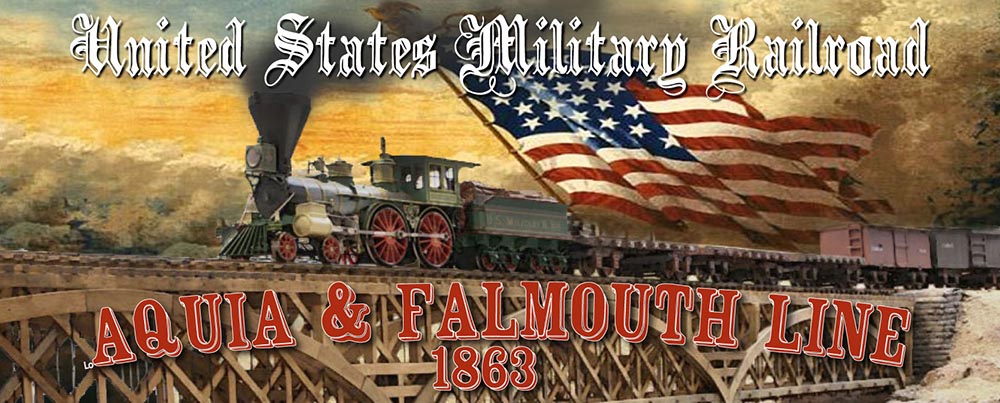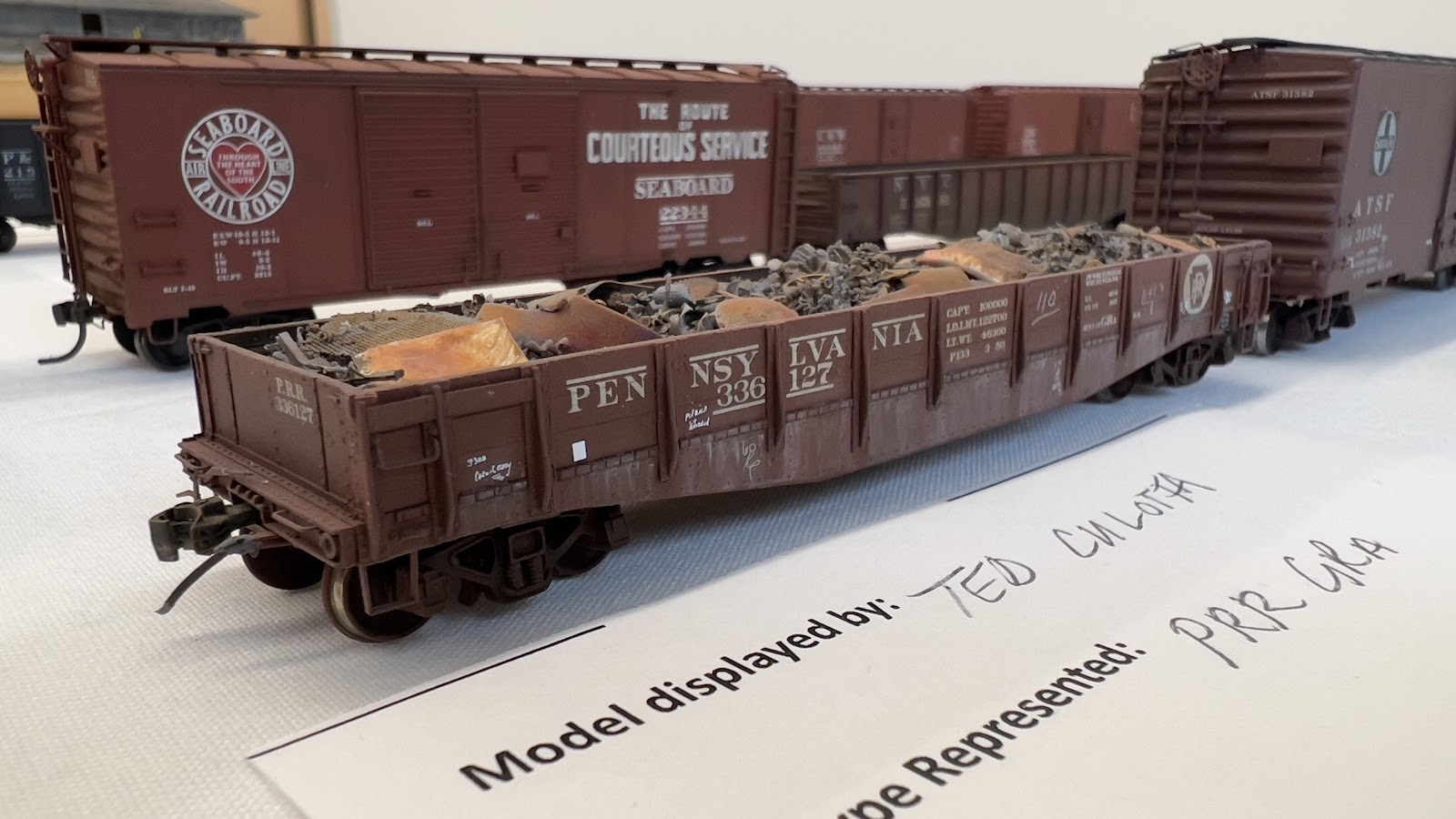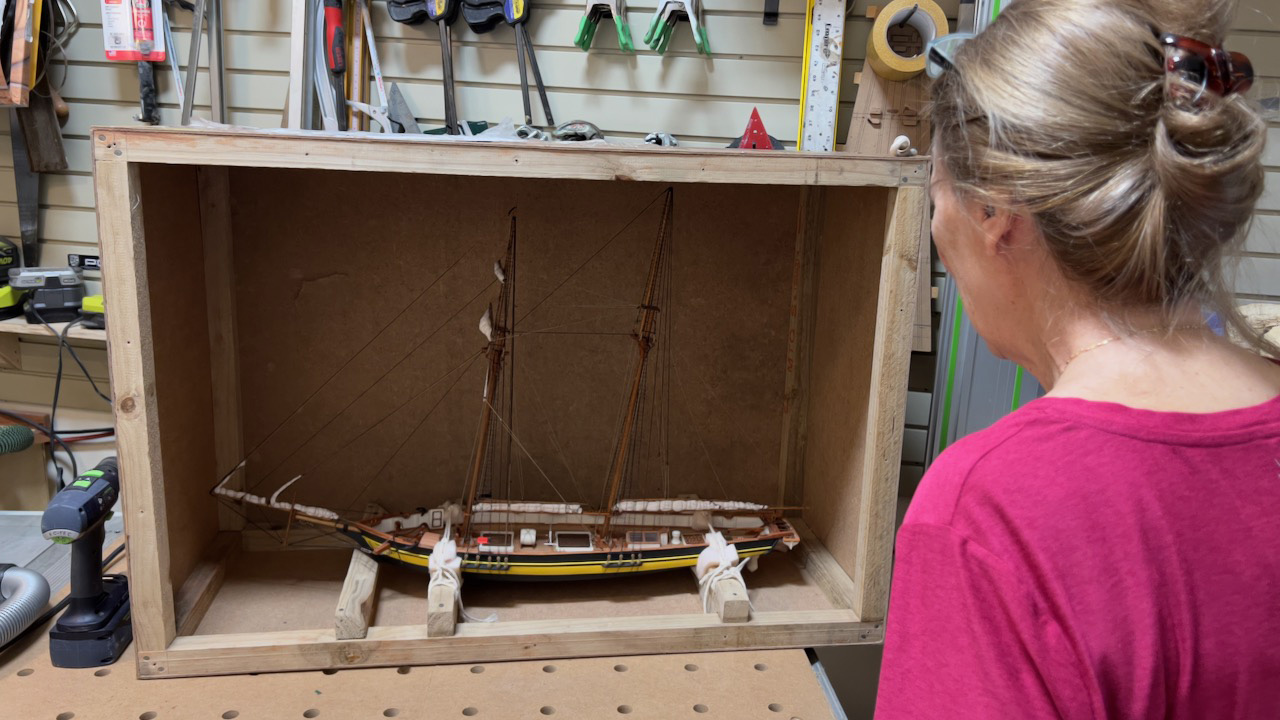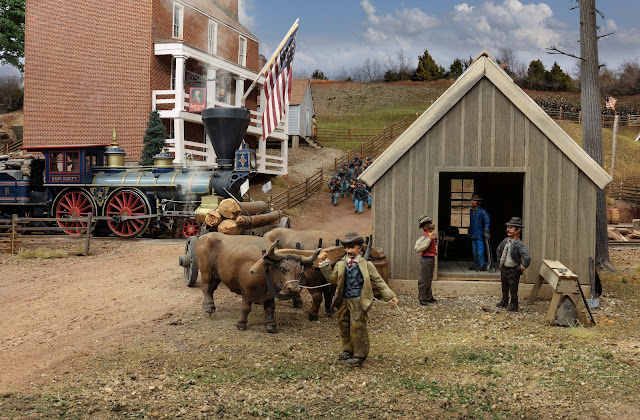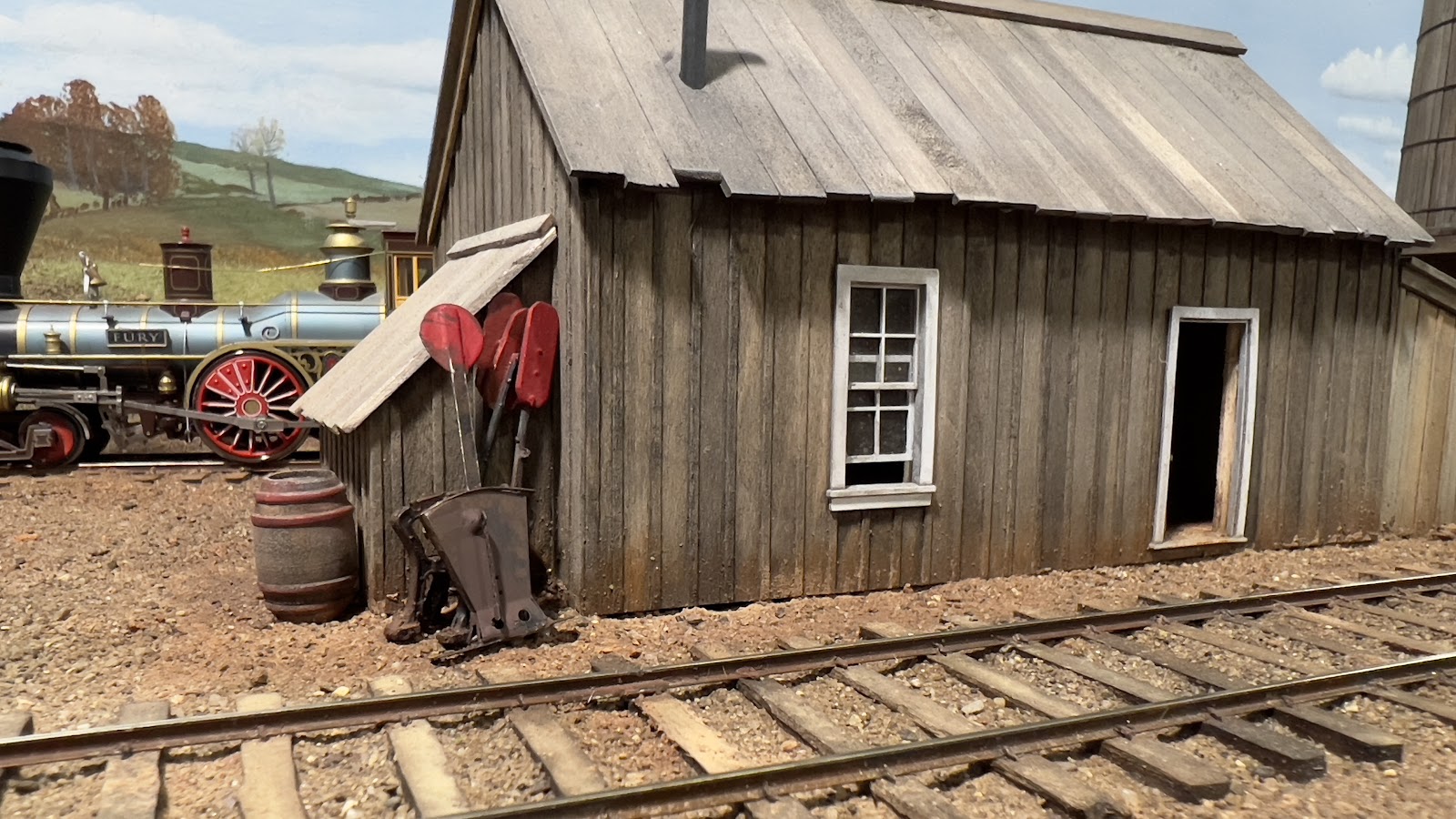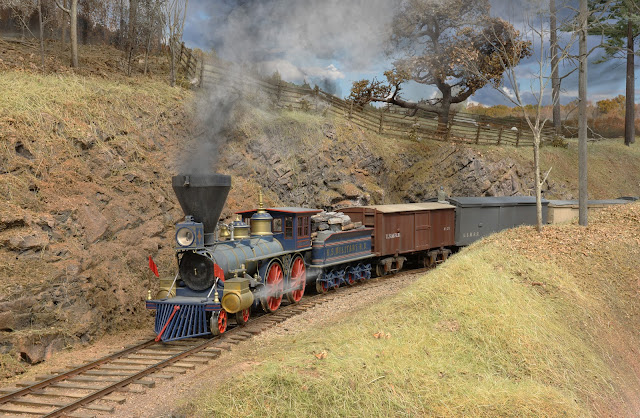I returned from the RPM East 2023. I had a good time. It was great to see model railroad friends and meet new ones.
The meet was held in a local community college without an official hotel. I stayed at a hotel about 6 miles from the conference. I found that to be less than ideal as it was not easy to pop into the room to get stuff, take a nap, or get a snack compared to when the meet is held in a hotel.
The facility itself was quite modern, clean and bright. The clinic rooms, display area, and dealer space were scattered about the facility. So people had to wander about to attend the various events. There was an interesting central area with a library/lounge/cafe where people tended to congregate. But it did seem to lack a critical mass for easy socializing and networking. There were 200 people signed up, but I never got to see most of them.
The room where I presented my clinic had several computer monitors scattered about the room with a series of tables. People could watch the presentation on the monitor nearest them. But, if I was pointing out something on the screen, they had to look at my screen. My laser pointer did not work on that screen, so I had to use my fingers to point out specific items. It worked, but definitely was not ideal. The set up also had excellent sound, so the videos I played were easily heard, if not too loud.
I presented my clinic and attended two others. I tried to go to some other clinics but they were standing room only, so I hung out in the display room instead. The clinic rooms were probably too small for the great turnout that they had.
The highlight for me was a chance to talk with George Bogatiuk of Soundtrax to learn about the Blunami system. I brought some of my battery locomotives with me to display at the meet with the intent to get some of his advice on packaging and how the Blunami might work. Alas, he was too busy to leave his table so we never got to examine my locomotives. Nevertheless, I was impressed with the demonstration set up he had. I had a chance to try the Blunami on an iPad. The ap worked much better than I expected. I decided to get one with a keep alive to evaluate on my O Scale General.
I know DCC brand is like a religion to some folks. But I keep an open mind and will try out anything that seems like an improvement. In my specific case, I am looking at the ease of programming offered by the Blunami and hoping to get better throttle response. I installed the Stanton radio decoders I have in the metal boilers as the batteries and battery power supply take up all the available space on the tender. So the radio response can be spotty due to the receiver being in essentially a Faraday Cage. I am hoping the the Blunami solves that problem by allowing me to install the decoder on the tender deck with the keep alive in the boiler.
The display room had some nice models on exhibit. George Bogatiuk had his HO scale 4-4-0 locomotive there. He did a very nice job on it detailing and installing electronics.
I was also impressed with Ted Culotta's exhibit of highly detailed freight car models.
I departed on Saturday afternoon as I wanted to get to Mainline Hobby Supply in Blue Ridge Summit to talk with Brian Wolfe about some issues for MARPM. While I was there, I purchased a Blunami Sound decoder and keep alive. I hope to install them before the next op session. It is always great to visit that hobby shop. One of the best model train hobby shops in the U.S.
I stopped at the Greencastle Highland Train Station on my way to the Mainline Hobby Supply. I did not know this was a Virtual Railfan camera site. In addition, they have an Automatic Train Control System display in the window of the station to show a real time view of rail traffic on the former PRR, now NS, line. Sure enough, a southbound train was heading our way. So, I stuck around to photograph it.I fired up the layout so we could run some trains and discovered that both of the locomotives I took to the RPM East meet suffered some kind of damage. The damage on the Fury was especially alarming as the valve gear popped out of the cylinder. Fortunately, it was an easy fix. This is why I don't like taking these models to shows. They are somewhat fragile. They don't like being lifted off the track and being exposed to vibrations on a long car ride.
Whiton will need to have some insulators installed on the tender side frames as the wheels are shorting. It seems that the paint has worn off and the bare metal the side frame is touching the un-insulated side of the wheel sets.
